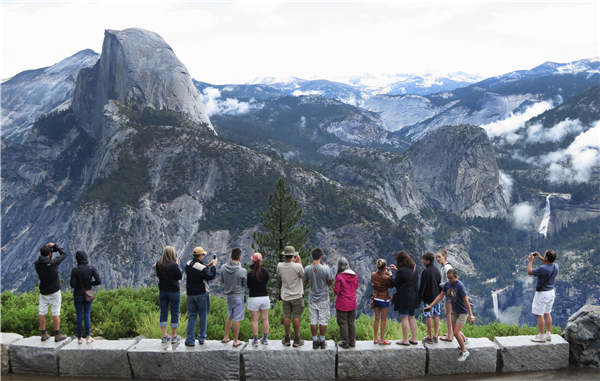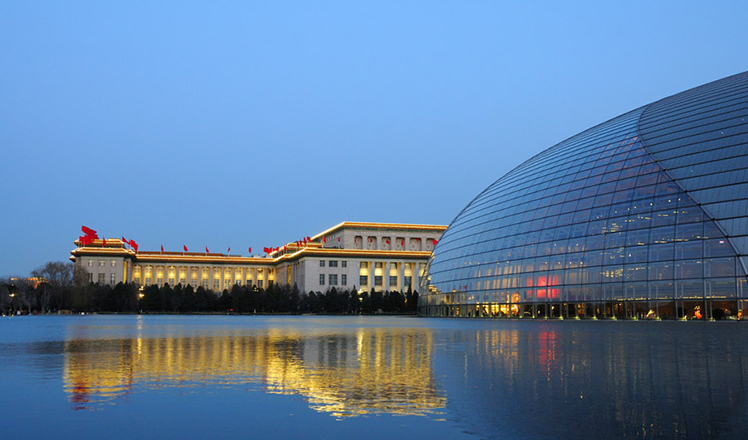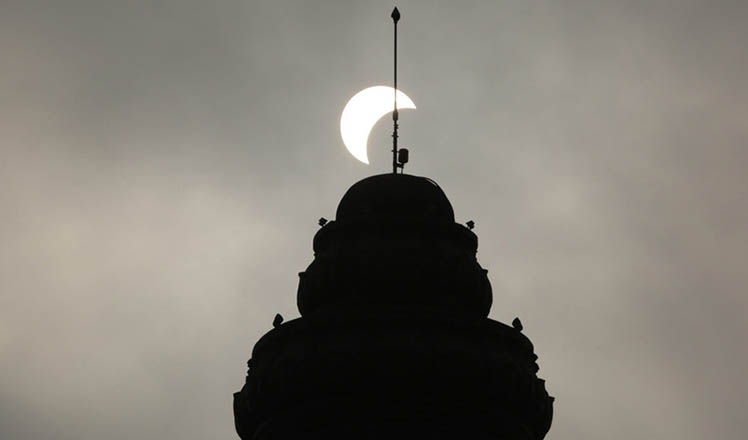A nation of Earth's most unearthly places
Updated: 2016-03-14 09:44
By Erik Nilsson(China Daily)
|
||||||||
 |
|
Visitors look out from Glacier Point in Yosemite National Park, California. [Photo provided to China Daily] |
The United States is a country of otherworldly world wonders.
Nearly as many people visit its national parks annually as live in the nation-for good reason.
They host some of Earth's most unearthly places, where ecology and geology embrace to forge fantastical spaces that seem unreal-but are, in many ways, more real than our cultivated existences in civilization's settlements.
China Daily examines the allure of the five US national parks most visited in 2015.
Great Smoky Mountains
The Great Smoky Mountains that crumple the topography between Tennessee and North Carolina lure over 10 million travelers a year-twice as many as the next most-visited park.
The Appalachian range takes its appellation from the mist that twists from its trees. The vapor is exhaled from a diversity of flora that exceeds Europe's.
In addition to black bears, raccoons and coyotes, the park crawls with the world's greatest concentration of salamander varieties. Its three-dozen species-including hellbenders longer than human arms-make it the "World's Salamander Capital". The park celebrates this distinction with an annual Salamander Ball.
Over a dozen lightening bug varieties flicker in the forests like stars on Earth.
The Smokies also claim the greatest diversity of historical buildings in a US national park, including log structures from the 1800s.
Grand Canyon
Despite attracting over 5 million visitors last year, Arizona's 550-kilometer Grand Canyon remains a place of wild abandon.
About 90 percent of travelers head for the edge of the South Rim.
Its distance from the North Rim is over 350 km by car and 34 km on foot. Both the hike and drive are extreme-but epic. Authorities advise against the overnight rim-to-rim trek in summer's 38 C desert heat.
Mules and boats offer other means to navigate the Inner Canyon.
Desert panoramas can be enjoyed from a 21-meter-high watchtower built in Pueblo Indian style in 1932. The crumbs of an actual ancient Pueblo village scatter at the Tusayan Ruin.
Point Imperial affords multihued views of the Painted Desert and striated columns of Marble Canyon, from which gully walls whoosh apart to make the canyon "grand".
Tuweep's 900-meter drop took shape when lava repeatedly oozed over the ridge, clogging the Colorado River, which eventually punched its way through. The sheer cliff is the kind of place where you wouldn't want to look down-except you do. That's the point.

 Beijing sees blue sky during the two sessions
Beijing sees blue sky during the two sessions
 Fukushima five years on: Searching for loved ones
Fukushima five years on: Searching for loved ones
 Robots ready to offer a helping hand
Robots ready to offer a helping hand
 China to bulid another polar ship after Xuelong
China to bulid another polar ship after Xuelong
 Top 10 economies where women hold senior roles
Top 10 economies where women hold senior roles
 Cavers make rare finds in Guangxi expedition
Cavers make rare finds in Guangxi expedition
 'Design Shanghai 2016' features world's top designs
'Design Shanghai 2016' features world's top designs
 Cutting hair for Longtaitou Festival
Cutting hair for Longtaitou Festival
Most Viewed
Editor's Picks

|

|

|

|

|

|
Today's Top News
What ends Jeb Bush's White House hopes
Investigation for Nicolas's campaign
Will US-ASEAN meeting be good for region?
Accentuate the positive in Sino-US relations
Dangerous games on peninsula will have no winner
National Art Museum showing 400 puppets in new exhibition
Finest Chinese porcelains expected to fetch over $28 million
Monkey portraits by Chinese ink painting masters
US Weekly

|

|








